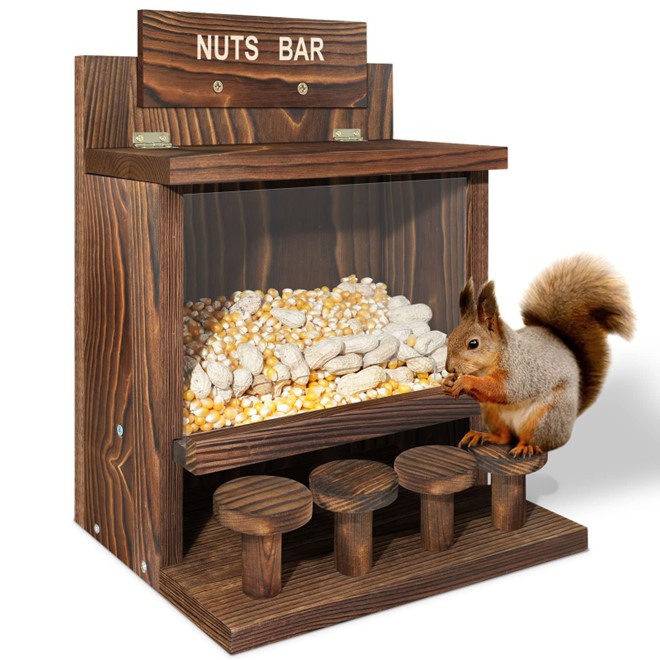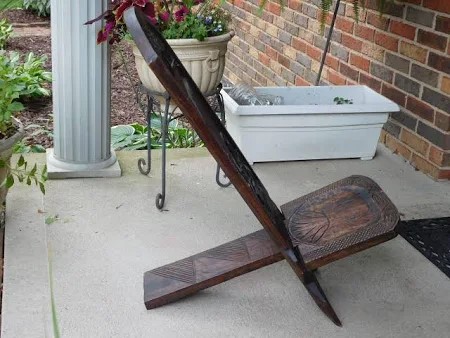
The image above presented by shutter shock (3) represents the general shape of my projected final project.
For my main project aesthetic I have chosen to make a dynamic piece of wall art that changes to match the tone of the outdoor environment throughout the day. To do this I plan to laser cut a piece of acrylic or aluminum to create a silhouette of the Boulder flat iron mountain range. Once cut out and painted black, I seek to add individually addressable LEDs to that back side of the mountain range that I will then wire up to a Arduino mega board. Once the physical part of my project is complete, I plan to take a photo resistor and multiple lines of code to program the LED light strip to monitor the amount of sunlight that is present during the day. With the information being gathered through the photo resistor, I hope to create a sunrise, sunset, and night time lighting effect that will project onto the wall behind the silhouette of the flat irons I have laser cut.
In contrast, if I were to deviate from this plan to go with different aesthetics than the one I have chosen, I would likely deviate from something that I can have in my house to create something that I can enjoy outside. My first alternative project would be to take the dynamic idea behind my original idea into something that could change according to the time of day. One of the first things that comes to mind would be a automatic squirrel feeder. Yes this seems odd, but I seem to have a copious amount of squirrels in my back yard and if I could make something that would make them deviate from tearing apart our couch cushions I would be very happy.

Above is a product presented by ANSTEEP (1) which represents an example of a squirrel feeding bar which I would take as inspiration. To make this more dynamic, my plan would be to create a feeding mechanism, controlled by an Arduino and photo resistor, that would deposit fresh nuts any time the photo resistor sensed that the sun was rising. I think that this so to say nut bar would become very popular with my backyard squirrel community.
Another wildly different aesthetic I would try, would be to incorporate technology into something I could take with me camping during the colder months of the year. As great as a campfire is, it does not always keep you warm as the typical camping chair does not have well insulated linings. The goal would be to design a African style two-plank wooden chair that incorporates heating elements in the seat and back that are activated via pressure sensors. These heating elements would protectively be powered by a battery backup similar to ones used to have portable charging for laptops and phones. This would be a more complex project as I would need to take a lot of time finding a way to incorporate all the electronics necessary without taking away from the two-plank African chair aesthetic.

Here is a representation of the two-plank African style chair I would try to replicate presented by Ruth on Etsy (2). The main part of this chair which makes it special, is the aspect that it is two pieces of wood that slide together to create a simple yet extremely comfortable design for a chair that can easily be placed around a campfire.
Works Cited
(1) Amazon, Y. (2023). Amazon.com : Carbonized squirrel feeder, large squirrel feeders … Carbonized Squirrel Feeder, Large Squirrel Feeders for Outside Funny Squrrill Nuts Bar, Durable Wooden Chipmunk House Box for Corn Peanuts…. https://www.amazon.com/Carbonized-Squirrel-Feeders-Squrrill-Chipmunk/dp/B0BRXDRN1V

4 Comments. Leave new
Hey John, the two project aesthetic comparisons are very interesting. Your project idea of creating a dynamic piece of wall art that changes with the outdoor environment is fascinating. Have you considered on where you might put the final result as there may be potential challenges in ensuring the accuracy of the lighting effects based on the sunlight levels in the room?
Hi Kyle, thank you for your nice words. In regards to the possible location of my final project I have considered extending the wiring connected to the photoresistor in order to be able to position it in the optimally located position for correct sunlight detection. Additionally, I need to find a way to account for the changes in light given the time of the year. Lots of questions to be solved, but nonetheless it is a speed bump I’m ready to get over.
Hey John, these are two really interesting aesthetics that are quite different from what you have in mind. I’m curious though about your actual project design—do you plan on using the photoresistor just to change the brightness of the LEDs, or will you get ones that have adjustable color temperature (sunrise/sunset is more orange and daylight is more blue)?
HI Josh, yes I do intend to have the photoresistor adjust to various color temperatures that will resemble that of an actual sunset. Accordingly, I want to try to make it appear as if it is snowing when the photoresistor detects that it is dark outside. Additionally, I thank you for your time in learning about my project.